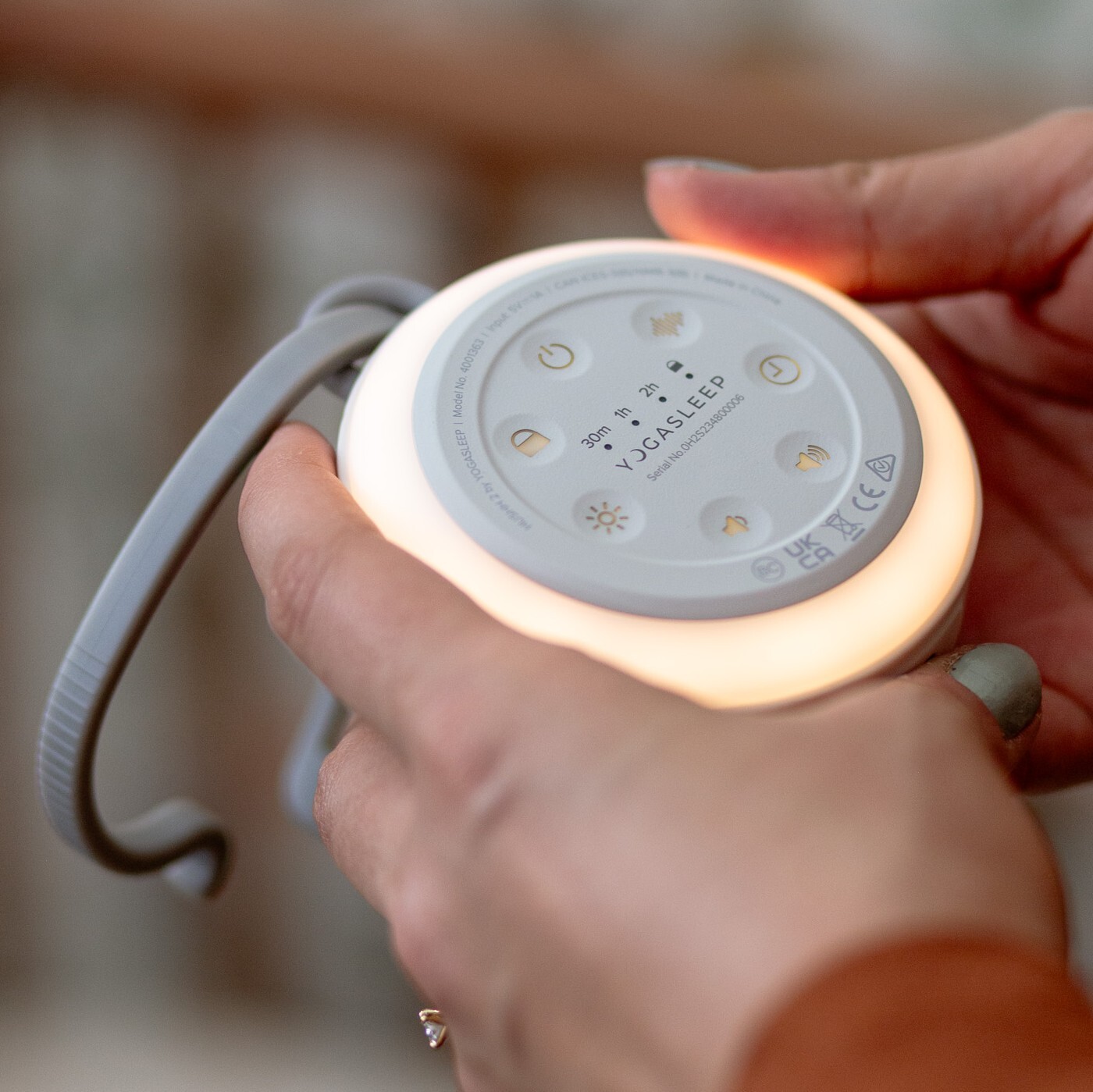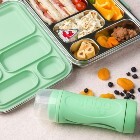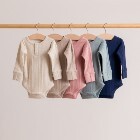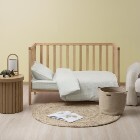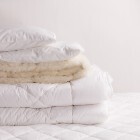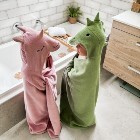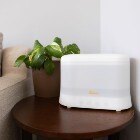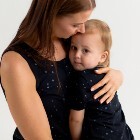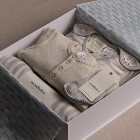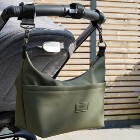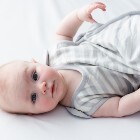4. Invest in a quality sleeping bag
A baby sleeping bag is a safer alternative to loose bedding and can't be kicked off, so the baby won't wake cold. If you choose a sleeping bag, the only other bedding you'll need is a mattress protector and cot sheet. You won't need duvets or blankets as you can simply vary the clothing underneath the sleeping bag to keep your baby cosy all night.
A midweight merino or 1.0 tog rated sleeping bag, should see baby staying cosy for most of the year, as they can generally be used for room temperatures of approximately 18 - 24 degrees. In the very cold months you could choose to heat the baby's room slightly or invest in a duvet weight or 2.5-3.5 tog rated bag to keep bubs warmer.
When choosing a bag, don’t necessarily choose the cheapest sleeping bag. Whilst there are great quality sleeping bags on a budget, do be aware of the sizing as some of the cheaper bags, may only fit bubs for a small amount of time (eg 6-12 months and then 1-2 years). This means you have to size up more regularly and therefore may spend more regularly as your baby grows. Look for a sleeping bag with a wider size range. Many are sized from 3 months - 2 years, which can in fact be better value over the long-term, even though there’s a bigger outlay up front.
Remember a baby doesn't need any additional bedding, such as pillows or cot bumpers. Not only will these cost your hard-earned dollars, they are very unsafe for little babies as they can be a suffocation risk. You can introduce a wool underlay after approximately 6 months and a pillow after approximately 18 months of age.




